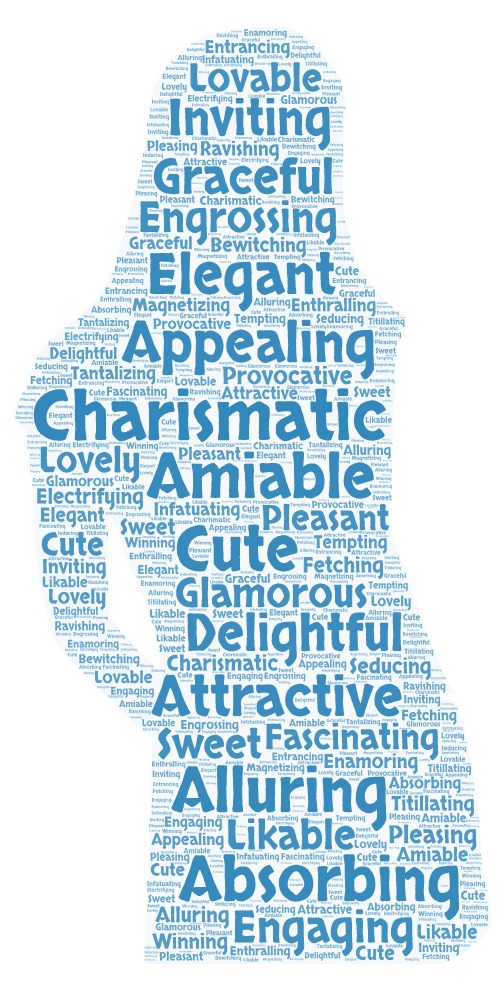
In the last couple of weeks, I’ve had influences from two directions that have caused me to consider the age at which dogs are separated from their litter and mom.
This week’s topic takes off from last week’s post on improving animal welfare by integrating two models of emotions, and is all about the SEEKING system.
If you don’t have six minutes, here’s the major take-home message:
Jaak Panksepp has deservedly been getting a lot of attention about his Core Emotions concept. I like to frame it in another model called the Core Affect Space.
Here is why.
revised February 2025.
Is the dog depicted above crouching, or fearful?
Yes, I know, it’s nigh impossible to guess which emotional state an animal is in from a still picture. We need motion, and context, to be able to do that.
I guess what I’m really asking is: do you look at animals and see predominantly their behaviour, or do you take a stab at considering their emotional/mood state?
In this blog post, I hope to convince you to develop the second perspective, if you haven’t already.
In other words, I would encourage you to start using emotion labels – one of the three types of useful labels when it comes to animals and their behaviour.
The world of animal trainers is divided, and I find that some trainers avoid the subject of animal emotions altogether.
“There’s no need to factor in and understand emotions, just deal with the observable behaviour”, is the gist of what some trainers and animal professionals say.
Suppose you were a TV producer charged with launching a new dog training show on your network. Or in this day and age, your medium might not be television but any kind of video streaming service.
How would you go about doing that?
Which criteria would be important in outlining the show?
Some may say: you need to find a charismatic trainer, to serve as host.

True.
That’s not all, though. I wouldn’t even start there.